Are Snapdragons Perennials? (And How To Make Them Last)
Are snapdragons perennials? And how can you make them last to the next season?
Quirky and colorful, snapdragons are perfect for cottage gardens and grow well in containers.
They have intriguing flower faces that look like the snout of a dragon and crave warm environments and full sun. These vibrant bloomers make excellent cut flowers and can withstand the first light first frosts of autumn.

But is the marvelous snapdragon a perennial or annual?
The answer is a bit nuanced, and there’s conflicting info out there on the web. So let’s jump in to the truth about snapdragon plants and uncover the mystery of their life cycle.
Are snapdragons a perennial? The Answer
Snapdragons are considered a short lived perennial, meaning that they may bloom for up to 3 years in climates that are warm enough.
Originating from Mediterranean regions, snapdragons favor warm, rocky environments (although they can tolerate light frost in early winter).
Because of this love for warmth, snapdragons are considered short-lived perennial plants, also known as tender perennials. They do not survive harsh winter freezes, but can be over wintered in warmer zones: 7 and above. They will then bloom again the next season.
Snapdragons are often grown as annuals in zones 6 and below.
Even in warmer zones, snapdragons are often sold as annuals, but keep in mind they can be over wintered as a perennial down to zone 7.
(Some flower loving souls even say zone 5, but you’ll have to let us know if that works for you!).

Did you know? Snapdragons actually do their best in moderate temperatures, and can even survive light frosts. They tend to stop blooming in mid summer heat, and produce most of their flowers in the cooler temps of early spring and late fall.
They are a great addition to an early spring flower bed, and will produce flowers well into the end of the growing season.
(Bloom time is specific to the different varieties of snapdragon grown).
What Is A Short Lived Perennial?
Short-lived perennials are plants that bloom for 2-5 years and then die, as opposed to long lived perennials who have a lifespan of 10 years or longer.
A true perennial flower will bloom year after year. A short lived perennial, like snapdragons, will only bloom for a few seasons before dying out.
An annual blooms one season and then dies when cold temperatures set in.
To act as a perennial, snapdragons need to be protected in order to survive winter and bloom again the next year on the original plants.
Annual snapdragons are typically grown in climates with colder temperatures. Whether or not a snapdragon will survive one season and bloom the next year will depend on the zone you live in and the weather severity of that season.
Also known as Antirrhinum majus, these herbaceous perennials can be grown from snapdragon seeds or purchased as starts in early spring.
Always remember that your specific growing region affects how a plant performs. Learn the basics of growing flowers in our beginner’s guide here.

What Zones Can Snapdragons Grow As Perennials?
Your gardening zone will determine whether or not you can grow snapdragon plants as a perennial, or if you need to re plant them the next year as an annual.
Check your hardiness zone here.
Snapdragons growing in zone 7-10: Can be over wintered outside as a perennial.
For snapdragons growing in zone 6 and below: Not typically over wintered outside.
Snapdragons are only cold tolerant to 28 degrees F. Mulching will help protect the roots of the plant in colder zones.
How To Overwinter Snapdragons
There are several ways to over winter snapdragons.
First, consider growing snapdragons in containers. When the cooler temperatures set in, you can move the container into a sheltered area (like a garage or shed). Leave the container in this warmer spot until the cold temperatures subside.
For tall varieties grown in flower beds, add a layer of mulch around the base of the plant to protect it’s roots in late fall to early winter (before frost in your area).
Root rot is a disease that causes the roots of snapdragons to decay over winter. Root rot can be prevented by planting in an area of well-drained soil that does not get standing water over winter. Mulch can also help prevent excess water from drowning the roots.
How To Make A Snapdragon Act Like A Perennial
If you love snapdragons as much as we do, you’ll want to see them bloom for more than one season!
Here are some tips for getting your young plants to survive past the first year:
Zones 6 And Below:
In zones 6 and below you can get the most life out of your snapdragons by growing them in a container.
Growing snapdragons in containers has several benefits. On hot summer days you can move your container plants to a partial shade location, which will keep the plants happier.
And once cold frosts hit, you can move snapdragons out of the cold and over winter them in a warm, dry location such as a garage, sun room or greenhouse. (Make sure the location is not susceptible to nightly frosts).
When daytime temperatures start to warm in the spring, you can set your snapdragon containers outside.
Just make sure to bring them each night before the last frost date. When warmer nightly temperatures arrive, they can stay outside for the season.
The best varieties of snapdragons for containers are dwarf snapdragons, compact varieties, and cascading varieties.
Zones 8-10:
In these mild climates snapdragons can more easily be grown as a perennial and produce blooms the following growing season.
If you have cold nightly winter temperatures, however, you will want to protect your snapdragons.
First, cut your snapdragon stems and foliage back. You can save any snapdragon seedlings for sewing in the spring.
Apply a thick mulch over the base of the snapdragon plant. Use organic matter in the form of decaying leaves, straw, or plastic sheets as mulch.
When temperatures rise in the spring, remove the mulch and let the plant grow!

General Snapdragon Care
Here are a few tips for growing snapdragons. In our experience snapdragons are easy to grow, and their double blooming cycle in spring and fall is very enjoyable:
- Plant snapdragons in rich, well-draining soil. You can improve poor soil with organic matter, which also improves drainage.
- Snapdragons bloom in cooler temperatures, preferring spring and fall to the hottest temps of summer. Plant in a part shade location with lots of morning light and afternoon shade. This will protect the plant from intense heat.
- Water in the early morning at the base of the plant to prevent powdery mildew and fungal diseases like snapdragon rust.
- Plants needs about one inch of water a week. New plants may need watered more regularly until they are established.
FAQ
Yes, snapdragons can re seed themselves. Many factors will affect whether or not successful seed germination occurs and relying on the plant to re seed may not be a good method of gaining snapdragon blooms for a second year. For a lush bed of snapdragons, it is better to protect your existing plants or re plant them in spring.
No, snapdragons are not evergreen. Their foliage (leaves, stem and flowers) die back in late fall, whether you live in warmer or colder climates. Even in zones where you can grow snapdragons as a tender perennial, their foliage dies back in cold temperatures.
In cold regions snapdragons do not come back each year and are grown as annuals. In warmer regions snapdragons can be grown as a short-lived perennial.
Benefits of Growing Snapdragons As Annuals + Tender Perennials
Bursting with color and vibrancy, snapdragons are like the starburst candy of the flower world. Here are a few more reasons you should invest in these delicious flowers:
- Snapdragons bloom in many different colors and are available in many varieties and shapes
- They flower in early spring and fall, when other flowers may not yet be blooming
- Snapdragon blooms make beautiful cut flowers (look for tall varieties for the best vase flowers)
- They are easy to grow and do well in containers
- Snapdragons attract pollinators and will keep your garden buzzing with bumble bees and butterflies
- With a dragon’s face and colorful blooms, snapdragons are simply enchanting!
Are Snapdragons Perennials? (Conclusion)
To recap, snapdragons are short-lived perennials that will come back the next year in zones with mild winters (zones 7-11). When protected from nighttime temperatures they will survive the cool weather and produce new blooms the following year.
As short-lived perennials, snapdragons can last for 2-3 seasons in the right growing conditions. In colder zones, snapdragons can be grown as annuals or over wintered in containers.
Whether grown as annuals or perennials, we love snapdragons and think they are one of the most charming plants in the flower garden. They are well worth the effort of mulching or re planting each year.
We’d love to hear your experience growing snapdragons! What are your favorite varieties?

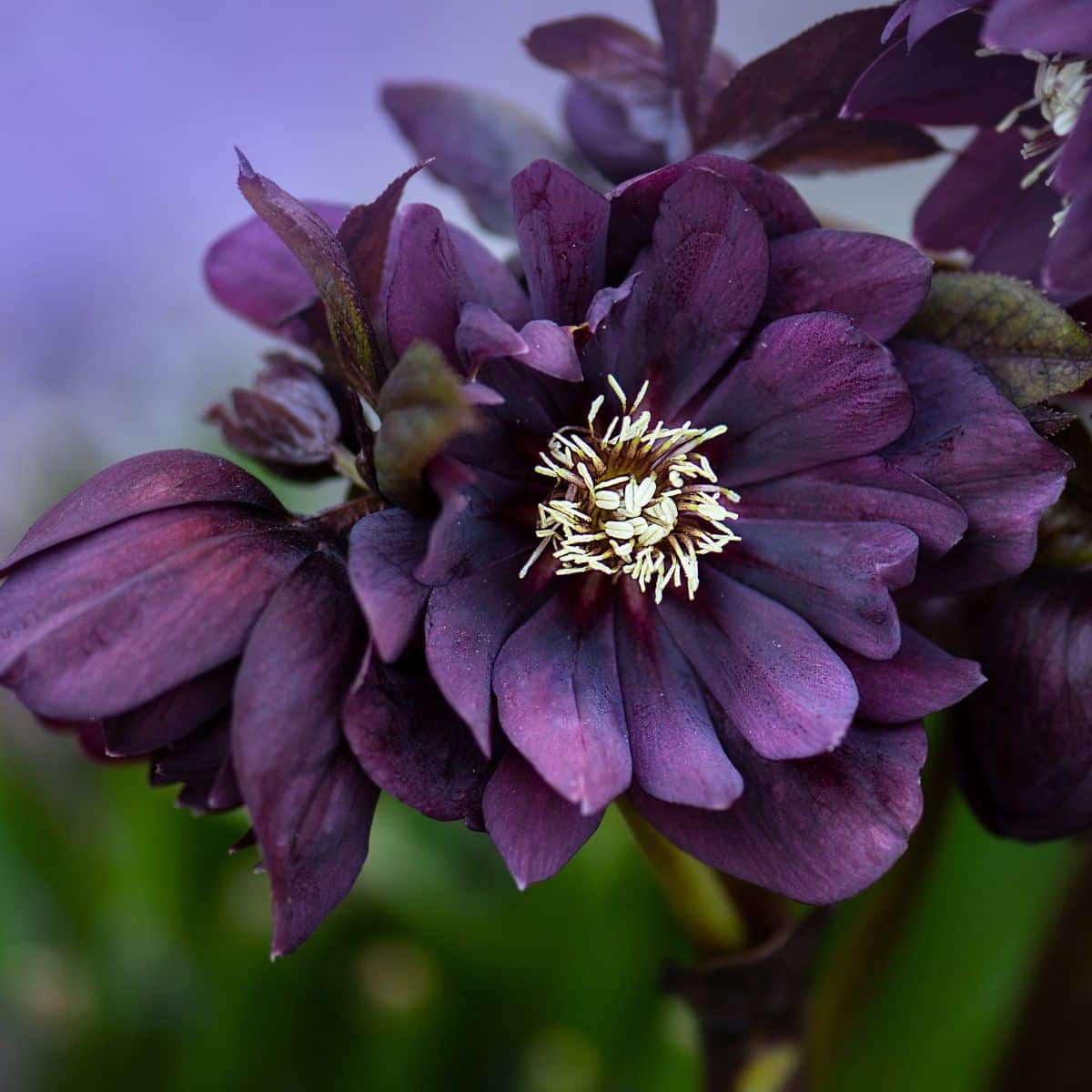
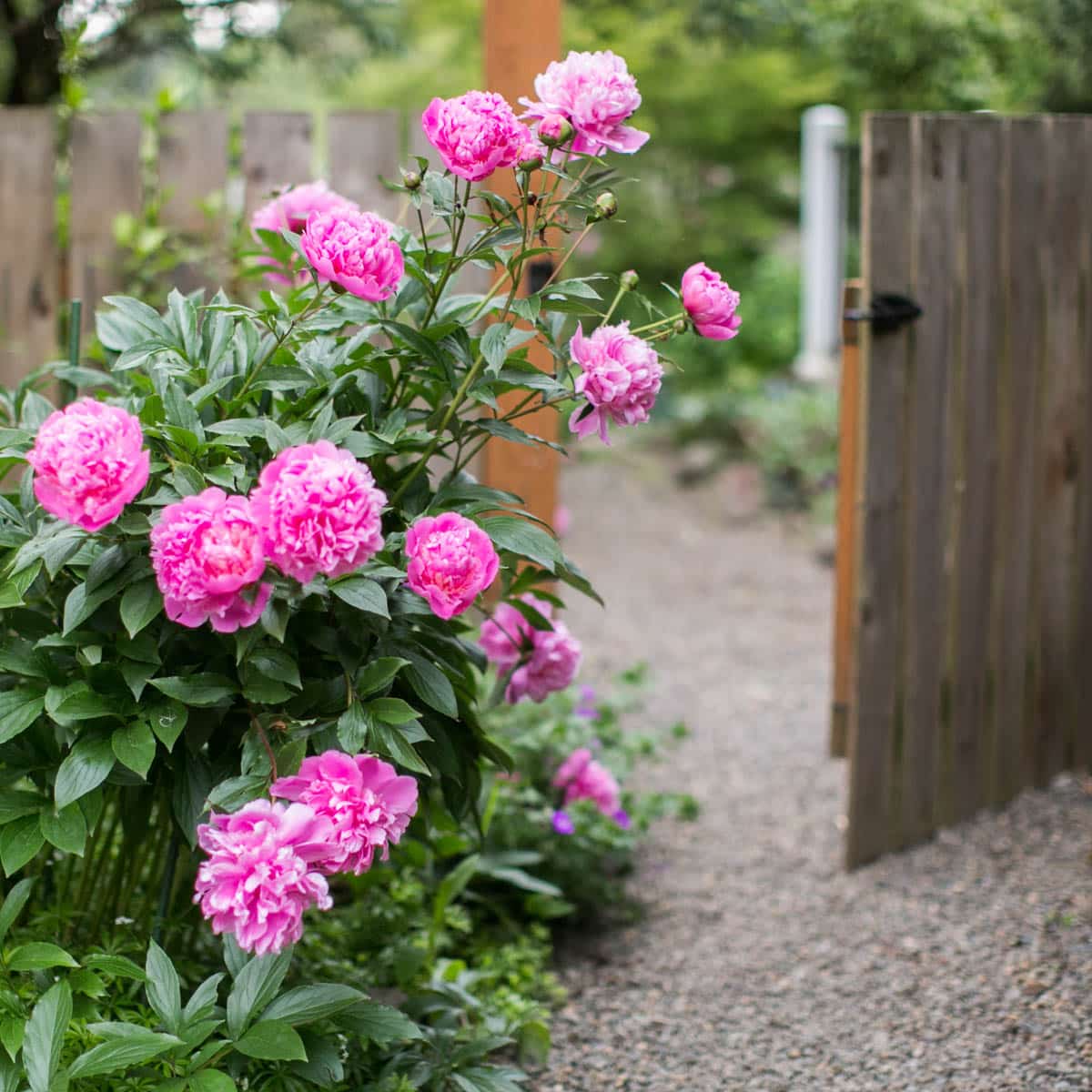
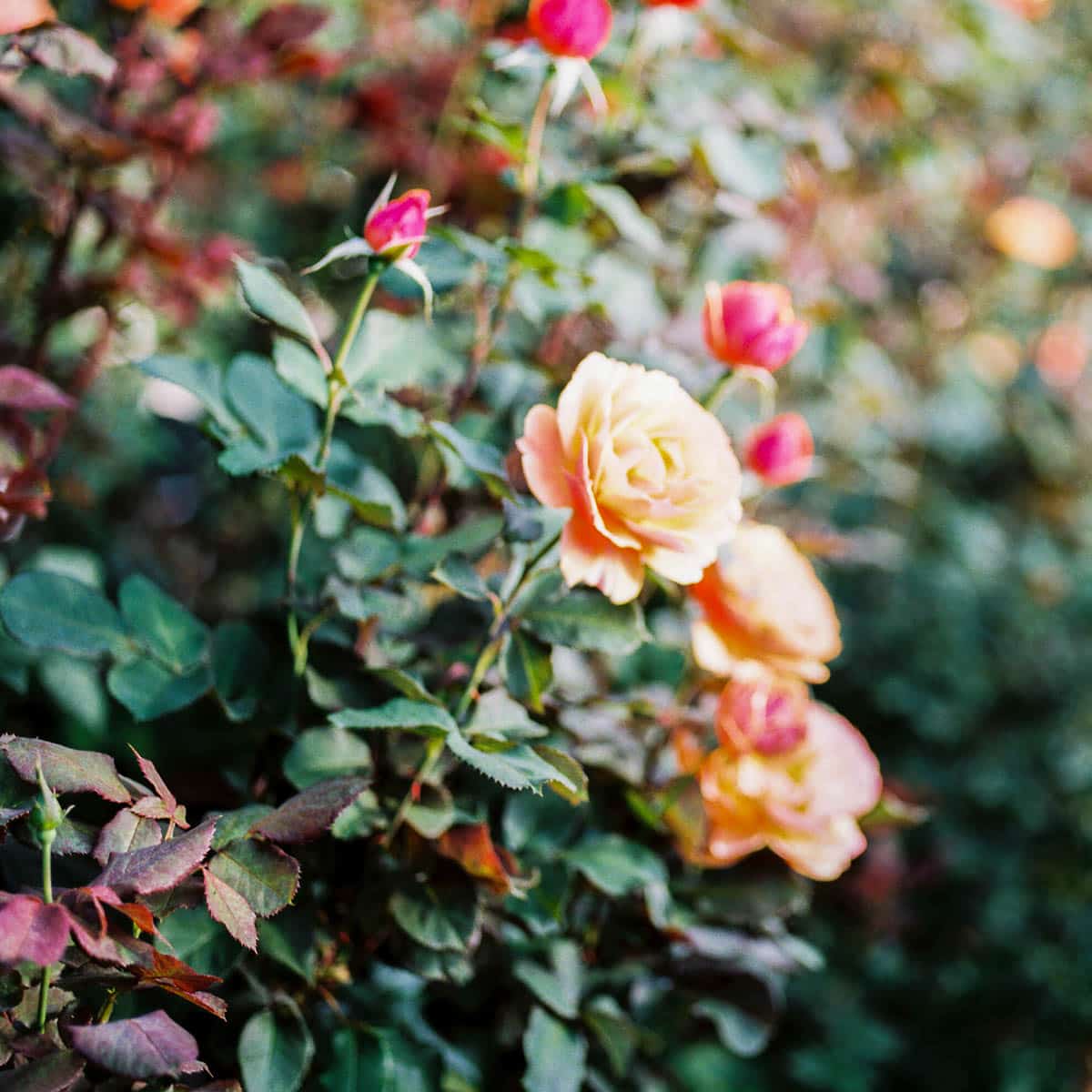
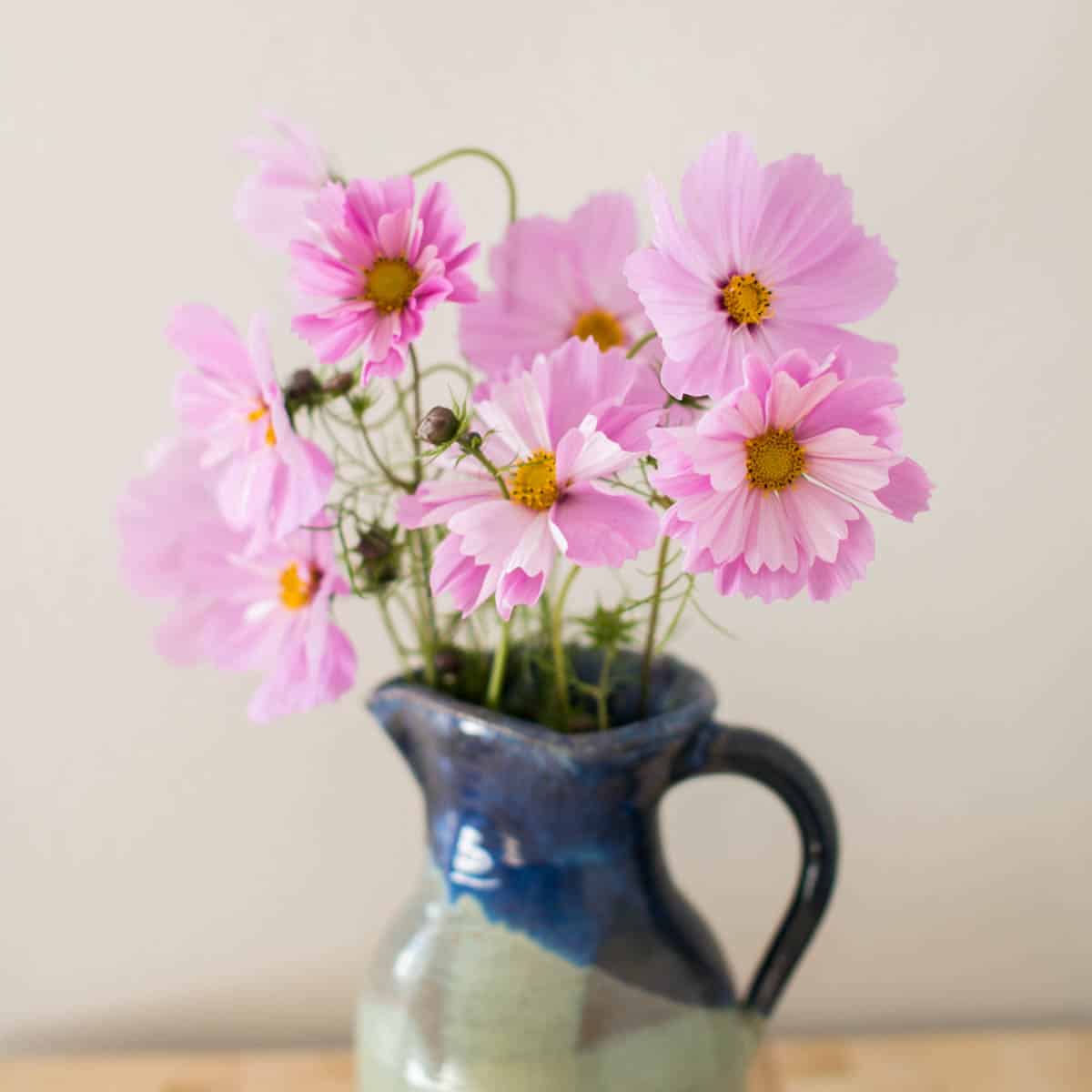
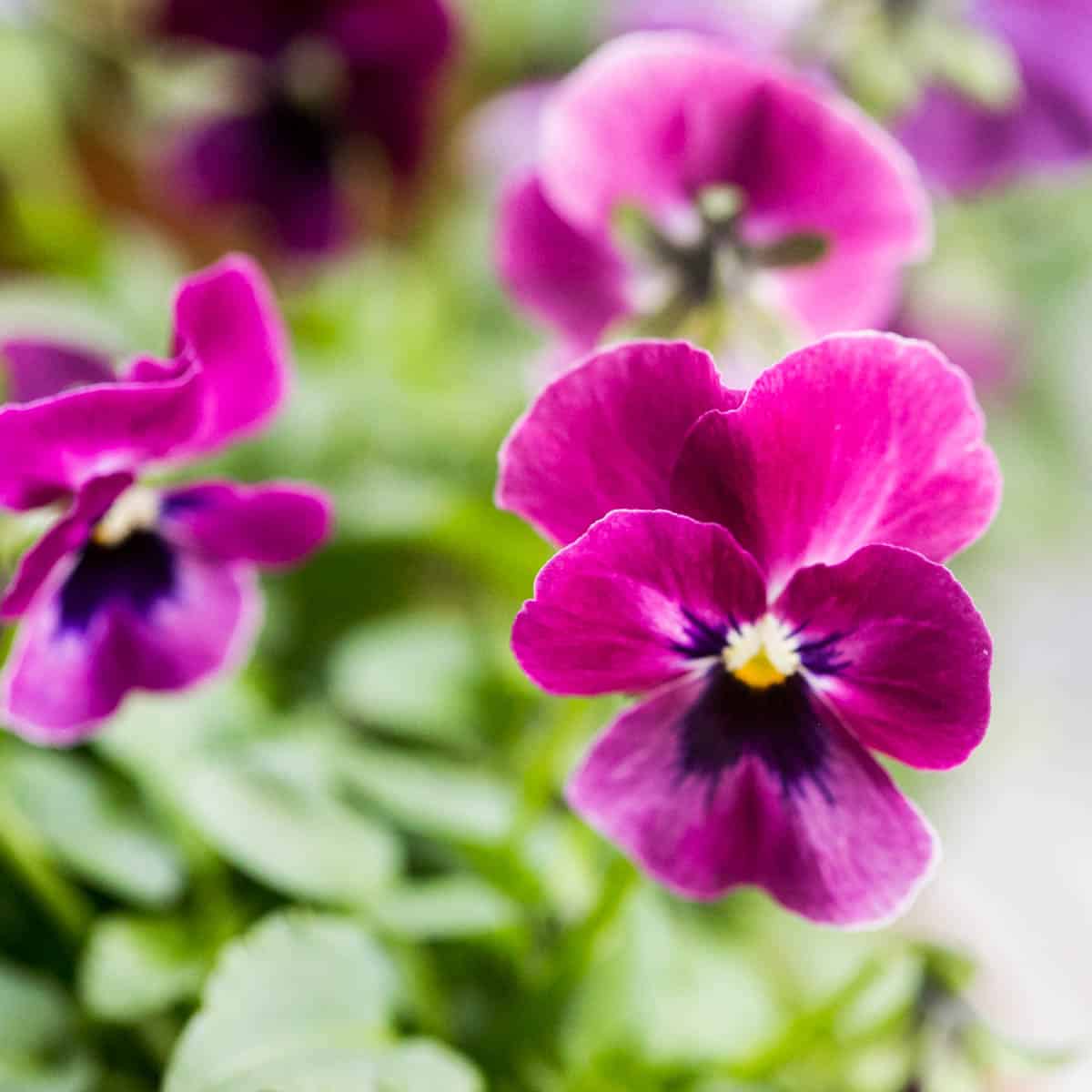
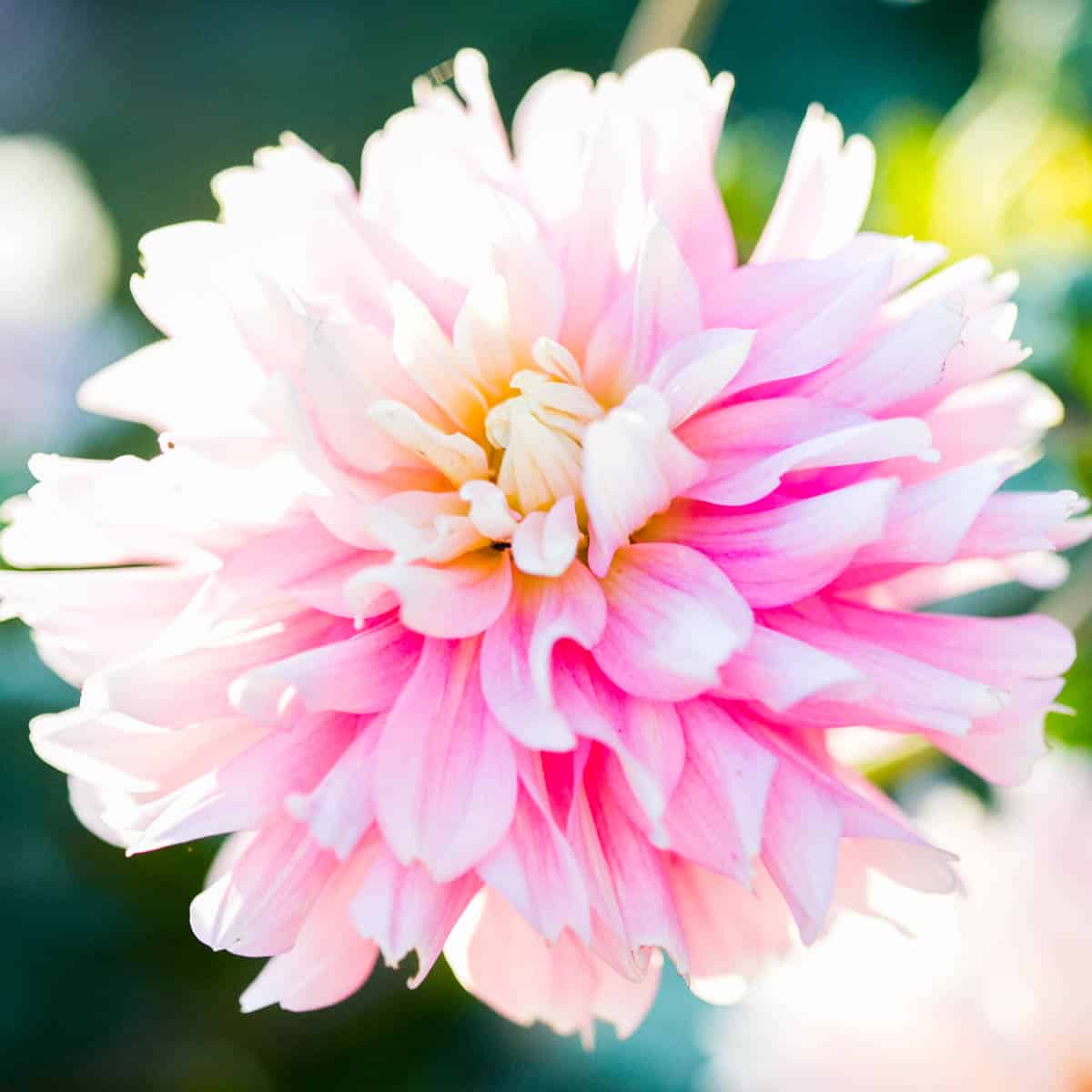
You guys are so full of knowledge. I will be overwintering my snapdragons. They are such lovely flowers and I love their fragrance! Thank you for the awesome tips ob overwintering my snapdragons.
Thank you so much for your sweet comment Trudy! We just put a few of the last season snapdragons in a bouquet. They are so charming. Let us know how over wintering goes! 🙂